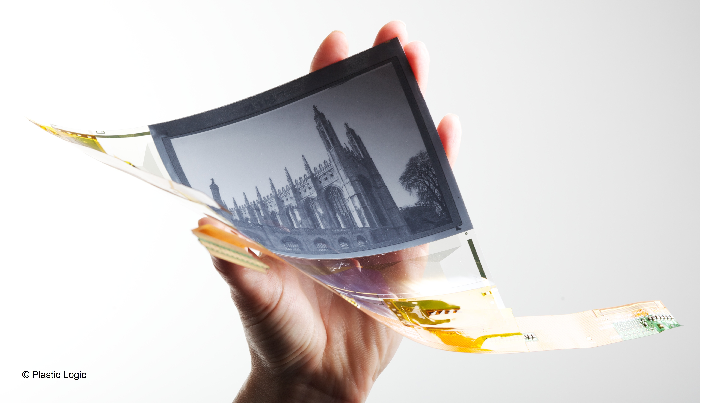Disruptive technology sounds like a bad thing. Something that causes a problem, rather than offers solutions to modern challenges. But disruption can sometimes be a good thing. It can force change onto a static situation that propels us forward. In technological terms, disruption is often a force for good, rather than bad. So how could disruptive technology shake up our lives?
A brief history of Disruptive Technology
The term ‘disruptive technology’ was first coined back in 1997 in a book called ‘The Innovator’s Dilemma’ by Professor Clayton M Christensen. In this context, he used the term to refer to any type of technology that effectively displaced or challenged the conventional methodology of the time. He categorized technology into two types; that which sustains and that which challenges or disrupts. Sustained technology is gradual change driven in increments and harvested from existing technology. It tends to play it safe.
Disruptive technology, however, takes a running jump over the cliff of development and challenges convention from the get-go. It’s the shock tactics of innovation, the inspirational flash that propels an entire field forward to the next level. Sure, it may need a little tidying up around the edges, but it’s innovative, it’s daring and, when it works, it can be a real game-changer.
Playing it safe
Most companies don’t want to risk everything on a gamble, so they naturally veer towards sustainable technology. But for those who are prepared to push the boundaries a bit, the results can be astounding. Take, for example, the development of flexible plastic electronics. Plastic Logic has been at the leading edge of research and development in this field, and they are now starting to witness a change in attitude amongst the larger manufacturers of electronic goods who are finally starting to see the potential in flexible electronics. “Plastic Logic’s flexible plastic displays are completely transformational in terms of product interaction,” said Plastic Logic CEO Indro Mukerjee.
What this means is that companies who play it safe by sticking with heavy, fragile glass screens could find themselves left behind by those who are more willing to embrace disruptive technology that challenges convention – such as flexible screens made up of plastic transistors rather than silicon transistors combined with glass.
A more flexible attitude to R&D
The electronics industry has always lent itself more to the concept of disruptive technology (consider that the telephone was considered to be a disruptive, slightly maverick concept in its day), and as a result is more willing to embrace challenges that push technology forward. What this could mean for us in our daily lives is that the concepts we’ve become used to, such as glass screens on everything from televisions to computer tablets and smartphones, could quickly become redundant and replaced by technology that, currently, is considered to be disruptive.
What it shows is that progress is inevitable and that change – even disruptive change – can allow us to engage more proactively with the modern world. So disruptive technology is already challenging us to think differently, to respond to electronic gadgets in a new way and to expect more from our everyday items such as phones and tablets. Can it continue to challenge us and ultimately make our world a better, more interesting place? As long as we maintain this flexible attitude to R&D, then the answer has to be a resounding yes.
Author Bio
Verena blogs about gadgets and technology, covering everything from the latest mobile advancements to display technology. When she’s not online Verena enjoys swimming, cycling and traveling the world.



This technology is great but I don’t think its power efficiency is great.
I definitely agree Yash! Hopefully that is something that can be addressed in the future.